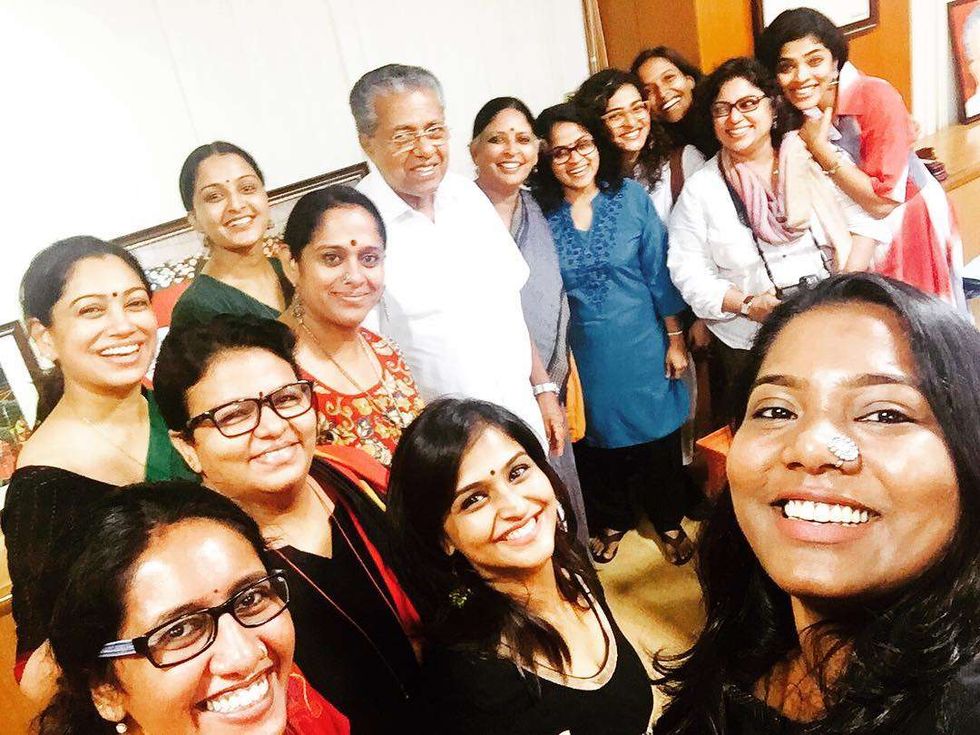The world’s most powerful digital camera, designed to capture detailed images of the night sky, will reveal its first-ever photographs on 23 June 2025. The camera is housed at the Vera C. Rubin Observatory, located in the Chilean Andes, and is capable of capturing 3,200-megapixel images.
With a lens measuring 1.57 metres (not five metres as sometimes reported), the camera is part of the Legacy Survey of Space and Time (LSST) project. It has the sensitivity to detect objects as small as a golf ball from 24 kilometres (15 miles) away.
Built at the SLAC National Accelerator Laboratory in California and transported to Chile in 2023, the camera will take around 1,000 images per night over the next decade. The LSST aims to map 20 billion galaxies, contributing to research on dark matter, dark energy, and the dynamic universe.
First images to be revealed during global live stream
The "First Look" event will be held on Monday, 23 June 2025, at 11am EDT (4pm BST), streamed live via the Vera C. Rubin Observatory’s official YouTube channel and website. The broadcast will showcase ultra-high-definition images and video captured by the telescope, giving the public and scientific community a first glimpse at its capabilities.
Organisers describe this as a landmark moment for astronomy and astrophysics, marking the start of a new era in space observation.
In addition to the live stream, hundreds of venues across the globe will host public watch parties. Viewers can visit the Rubin Observatory's First Look Watch Party website to find local listings.
The Rubin Observatory is named in honour of American astronomer Vera C. Rubin, known for her pioneering work on galaxy rotation rates and dark matter.







 Inside the Kerala actress assault case and the reckoning it triggered in Malayalam cinema AI Generated
Inside the Kerala actress assault case and the reckoning it triggered in Malayalam cinema AI Generated 
 Actor-producer Dileep was arrested on 10 JulyYoutube Screengrab/Kerala Kaumudi
Actor-producer Dileep was arrested on 10 JulyYoutube Screengrab/Kerala Kaumudi Members of the Women in Cinema Collective (WCC) meeting with the Chief Minister of KeralaInstagram/
Members of the Women in Cinema Collective (WCC) meeting with the Chief Minister of KeralaInstagram/ Actor Dileep and whistleblower Balachandra Kumar, whose testimony and disclosures played a crucial role in advancing the investigation Youtube Screengrab/Kerala Kaumudi
Actor Dileep and whistleblower Balachandra Kumar, whose testimony and disclosures played a crucial role in advancing the investigation Youtube Screengrab/Kerala Kaumudi Dileep coming out of the court after the verdict Instagram/
Dileep coming out of the court after the verdict Instagram/ Advocates T. B. Mini and Aja Kumar, representing the survivor in the Kerala actress assault caseYoutube Screengrabs/ Oneindia Malayalam
Advocates T. B. Mini and Aja Kumar, representing the survivor in the Kerala actress assault caseYoutube Screengrabs/ Oneindia Malayalam Four of the six convicted accused in the Kerala actress assault case Youtube Screengrabs/ 24 News
Four of the six convicted accused in the Kerala actress assault case Youtube Screengrabs/ 24 News  Film personalities and activists gather at the Tagore Theatre to reject the court\u2019s decision and demand systemic change for women\u2019s safety Instagram Screengrab/onmanorama
Film personalities and activists gather at the Tagore Theatre to reject the court\u2019s decision and demand systemic change for women\u2019s safety Instagram Screengrab/onmanorama  How one survivor’s fight shook an entire industryAI Generated
How one survivor’s fight shook an entire industryAI Generated





